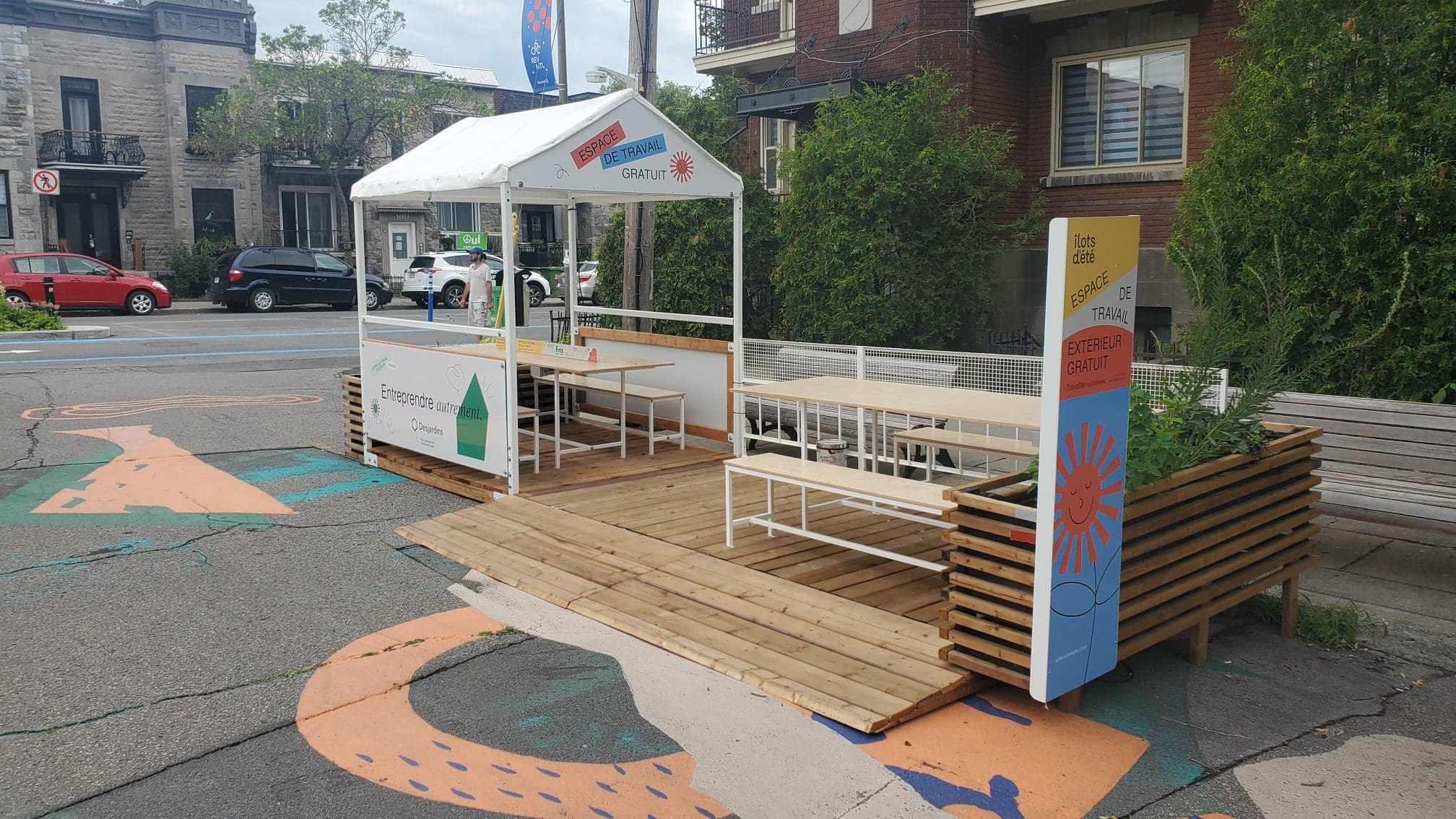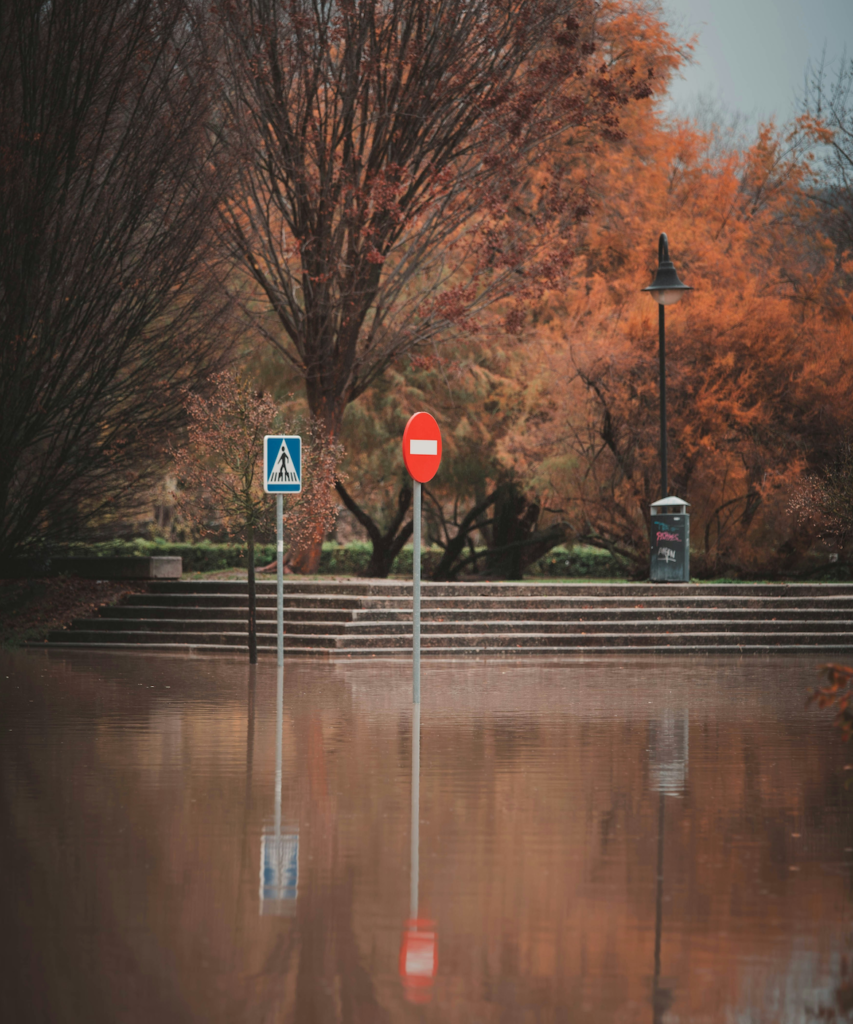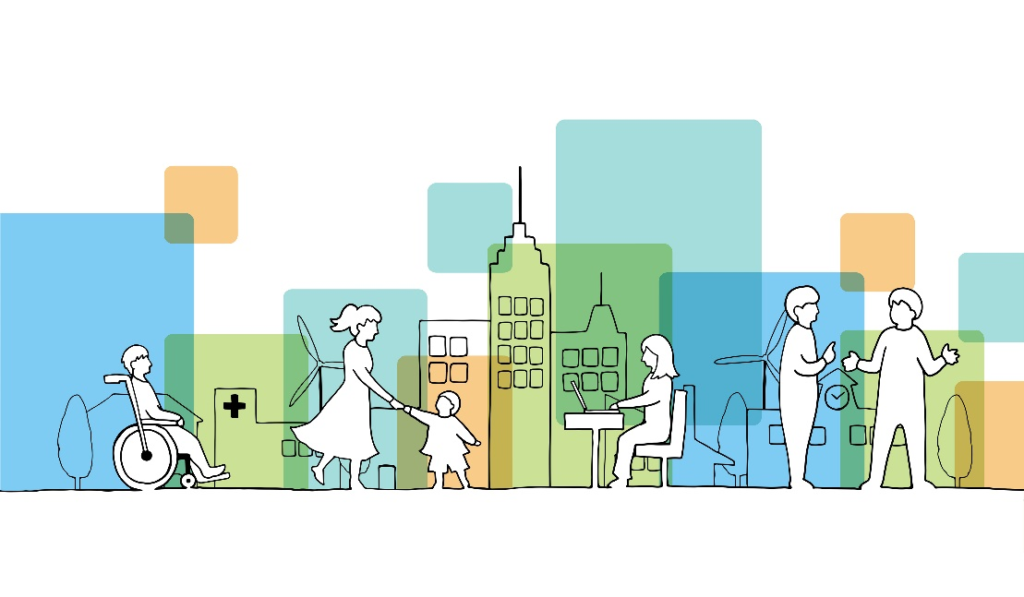City Know-hows

Target audience
Local public health professionals, Youth social workers, Community organizers, and Park planners
The problem
The COVID-19 pandemic disrupted youth milestones such as school graduation ceremonies, transitions to higher education, and entrance into the labour force. Given the school closures and public health protective measures that occurred in London, Ontario, Canada, many youth limited their daily activities to parks and restaurants in their local neighbourhoods. These disruptions and changes to youth behaviour from the pandemic may have impacted their mental health and stress levels.
What we did and why
We undertook a survey of youth, aged 13 to 19 years old, in London, Ontario, Canada from June to September 2020. Survey questions were developed in consultation with youth themselves, rendering questions that sought to understand impacts from the pandemic based on their own perspectives. Questions covered demographics, health behaviours, and their experiences during the pandemic. We also gathered information about their neighbourhood context to understand how the local environment affects their mental wellbeing.
Our study’s contribution
Our study:
Impacts for city policy and practice
Practitioners should consider the following:
Our findings suggest local policymakers and practitioners could play a role in addressing youth mental health and stress levels through the following actions:
Further information
QuaranTEENing Project page
Full research article:
Neighbourhood influences on youth mental health and stress levels during the first six months of the COVID-19 pandemic by Alexander Wray, Gina Martin, Kendra Nelson Ferguson, Stephanie E. Coen, Jamie A. Seabrook & Jason Gilliland
Related posts

Cities need to be aware of their vulnerabilities to local emergencies. They also need to understand which urban planning, design and management strategies work best to build resilience. We reviewed the latest scientific evidence to identify the most effective preparedness strategies for different emergency scenarios, analysing co- and dis-benefits among them. Ideas and tools for local authorities and communities in general to build back better.

Evidence overwhelmingly suggests that the built environment has an impact on people’s health, particularly in terms of noncommunicable diseases such as asthma, diabetes and poor mental health. However, health is rarely prioritised in urban planning decisions at present, and earlier work by this research group has shown that senior decision-makers feel they lack the power to influence planning and policy decisions in order to improve the situation. This intervention area adds to the wider research programme, which is focused primarily on the delivery of quantifiable socio-environmental and health economics valuations. People make decisions not just based on economic valuation, so an understanding of why people make decisions and how those decisions can change is essential. This paper describes the methodology that will be used to develop this intervention. Findings will be published later.

Living in modern cities can increase cardiovascular disease risk. This study analyzes the association between urban design and obesity, proposing a simplified index to assess how the built environment impacts heart health. Our “Urban-Obesity-Index” helps local authorities and planners design healthier neighbourhoods.